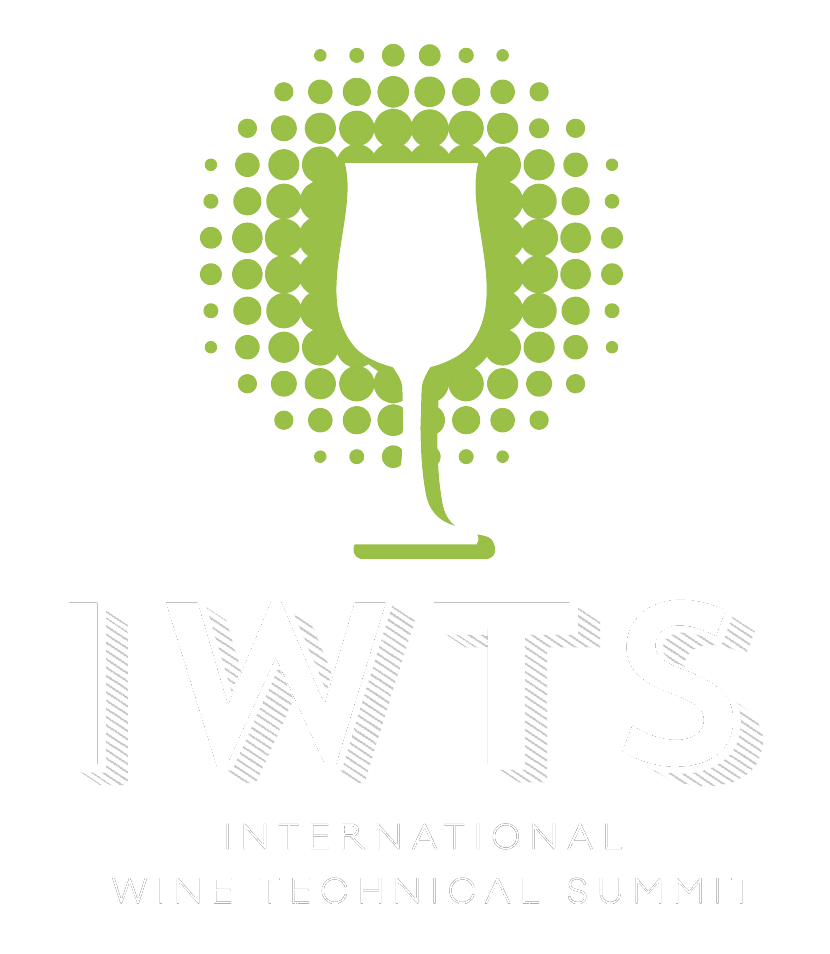Meetings
From 23 to 25 May, 2016
From 23 to 25 May, 2016, 55 wine regulators, laboratory scientists and wine industry representatives from six of the eight World Wine Trade Group (WWTG) countries and 11 of the 21 Asia Pacific Economic Cooperation (APEC) economies participated in the Summit meeting in San Luis Obispo, California. The Summit is a collaborative group of international government and industry who have an understanding of the technical issues surrounding wine production and trade. Its purpose is to share best practices, and exchange ideas and experiences while fostering an environment in which to discuss sound science in wine regulation and enforcement, and trade issues of a technical or scientific nature. Participants from Australia, Argentina, Canada, Chile, China, Italy, Georgia, Indonesia, Japan, Malaysia, Peru, Thailand, Viet Nam and the U.S. discussed current technical issues impacting international trade, testing and methodologies and regulations related to wine.
For the first time, the Summit partnered with the APEC Wine Regulatory Forum (WRF), which proved to be a most useful collaboration. On May 23, the WRF's Working Group on Enhanced Risk Controls conducted a training workshop for laboratory managers, covering issues related to quality and methods in laboratories. The training reviewed the underlying chemistries, methodologies, and best practice for the analysis of a number of core parameters used for the assessment of wine: sugars in wine, titratable acidity, alcohol and total sulfur dioxide.
Participants were encouraged to add their own experiences and observations with the aim of having a shared and unified set of best practices. Each training module followed the outline below:
- Chemical entities relevant in the wine matrix;
- Typical units used in different economies;
- Typical/expected accuracy with reference to international proficiency programs;
- Standard methods; and
- Practical applications:
- Typical precautions required for analytical accuracy and precision;
- Common issues / interferences;
- Best practice quality assurance;
- Trouble shooting.
Other Summit highlights included:
- Presentations on the role of science in wine regulation were made by the eight new Summit participants (Chile, Georgia, Indonesia, Japan, Malaysia, Peru, Thailand, Viet Nam). The other six countries provided brief updates;
- A review of the recent WWTG paper, "Microbiologically, Wine Is a Low Food Safety Risk Consumer Product;"
- Developments in other key international wine organizations including the WWTG, Codex Alimentarius, FIVS, OIV, and the WRF; and
- A tour of two local small and medium sized winemaking facilities to provide hands-on technical assistance that will enhance the capacity and knowledge of regulators and laboratory managers and increase their ability to efficiently ensure food safety.
Underpinning the entire week's dialogues were the WWTG "Tbilisi Statement on Good Regulatory on Analytical Methodology and Regulatory Limits on Constituents and Potential Contaminants in Wine." As an example, the APEC lab workshop goals were to help promote the following Tbilisi principles:
- "Avoidance of Unnecessary Analysis" (Principle 1), by identifying analyses that are not based on appropriate risk assessment;
- "Regulatory Cooperation" (Principle 3), by demonstrating how to establish appropriate tolerances in the reporting of test results;
- "Validation of Analytical Methods" (Principle 9), by demonstrating the best practice performance of Validated Analytical Methods; and
- "Measurement Uncertainty" (Principle 11), by demonstrating how analytical results should be interpreted in the light of such uncertainty.


